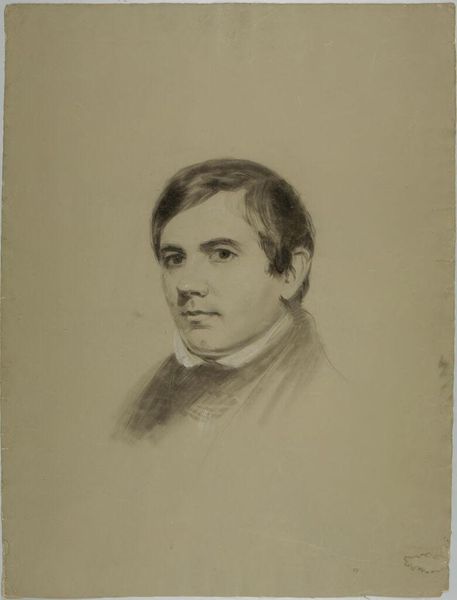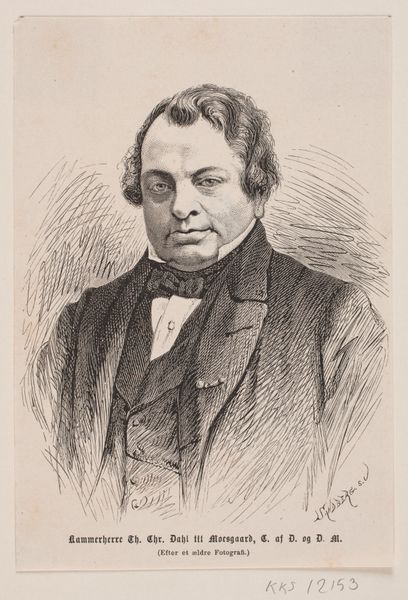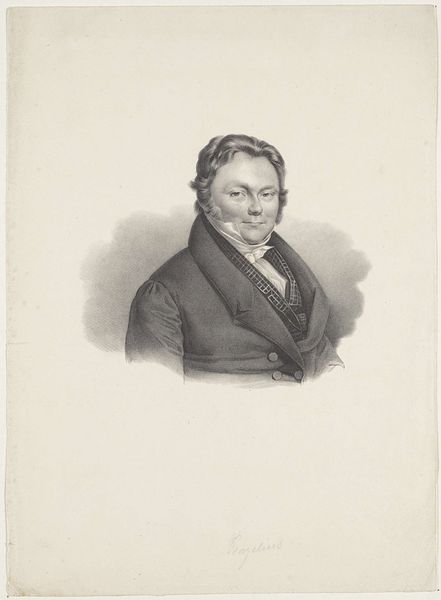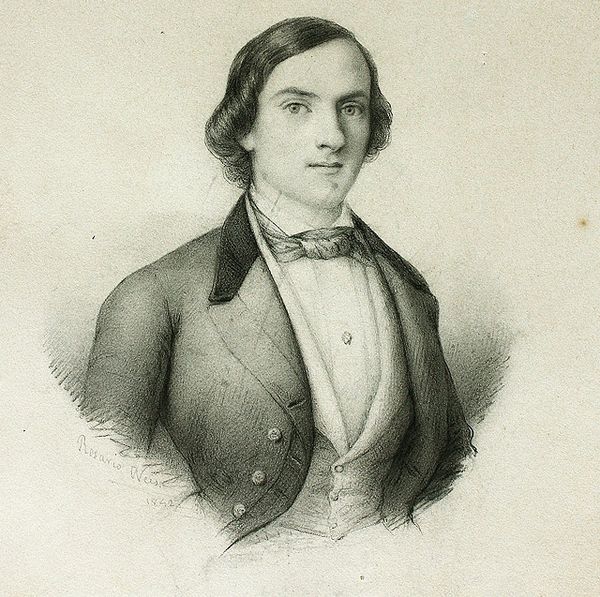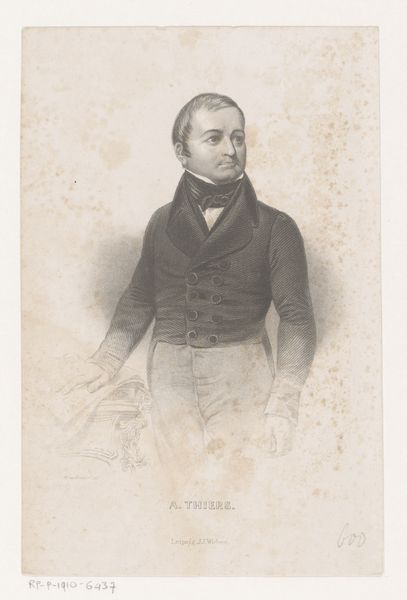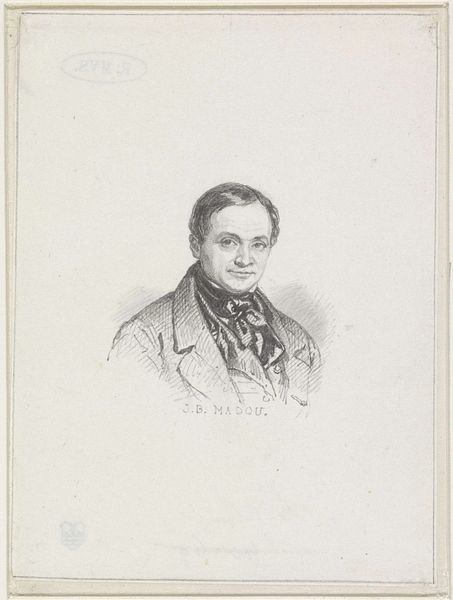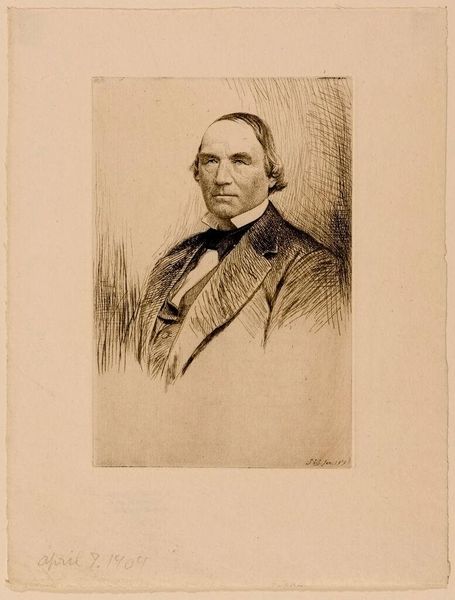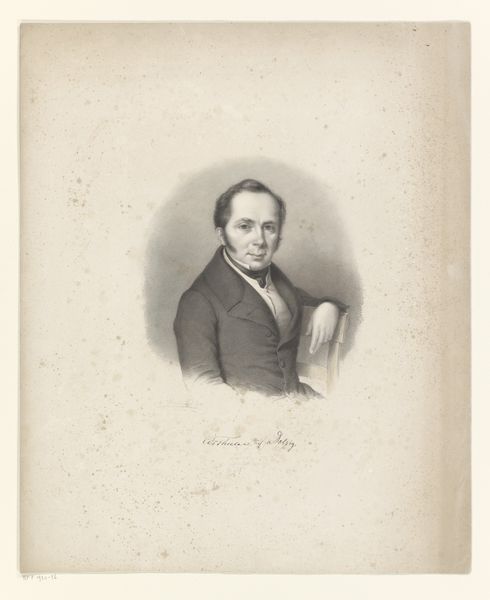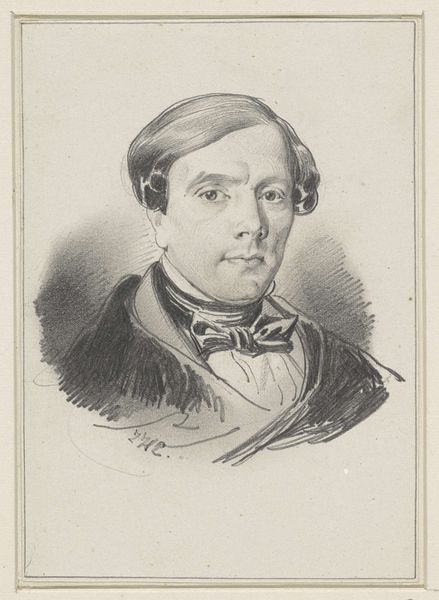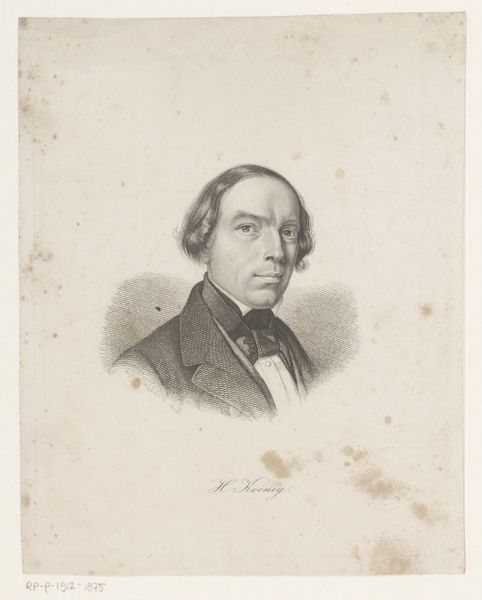
drawing, pencil
#
portrait
#
drawing
#
pencil sketch
#
charcoal drawing
#
romanticism
#
pencil
#
portrait drawing
#
academic-art
#
watercolor
Copyright: Public domain
Editor: We're looking at a pencil drawing titled "George Cotman" by Frederick George Cotman. It gives me a feeling of formality, something reserved. What social conventions surrounding portraiture might have shaped this image? Curator: The act of portraiture has always been intertwined with power dynamics. Think about who historically got their portrait painted or drawn. It was typically the aristocracy, the wealthy merchant class, or prominent figures. This drawing, while perhaps not commissioned in the same vein as a lavish oil painting, still participates in the social ritual of representation. Who gets remembered, and how, were crucial considerations. Editor: So, commissioning or creating a portrait, even a seemingly simple drawing, was a way to assert status? Curator: Precisely. Consider the context. What institutions and social structures were in place during the artist’s life that dictated who was considered worthy of artistic representation? The art world of the time was heavily influenced by academies and their strict criteria. Did adhering to academic art styles influence the way people were portrayed, possibly idealizing the subject or projecting specific virtues associated with their social standing? Editor: That’s really interesting. So even a simple pencil drawing can reveal a lot about the sitter's place in society and the artist’s intention to project a specific image. Curator: Indeed. Furthermore, the eventual destination of this artwork speaks volumes too. Is it displayed in a private collection? Is it accessioned into a museum? The journey and public reception add layers of meaning. Whose stories get told and preserved through art are ultimately determined by cultural gatekeepers. Editor: That gives me a lot to think about when considering portraiture. Curator: Absolutely! Analyzing an image through a socio-historical lens enables you to dissect who possesses the power to shape visual narratives and why that truly matters.
Comments
No comments
Be the first to comment and join the conversation on the ultimate creative platform.

